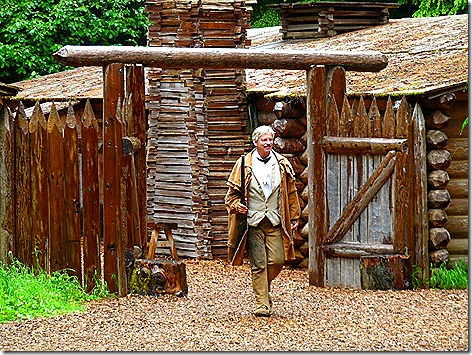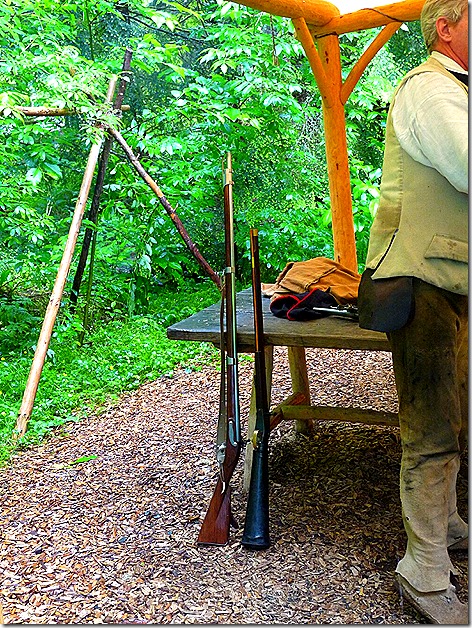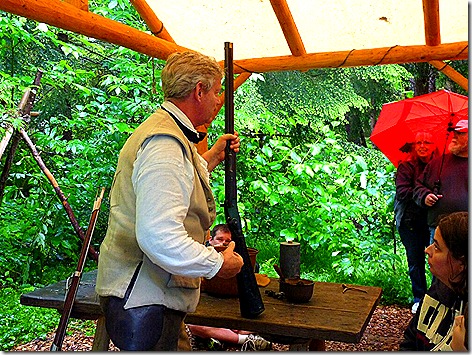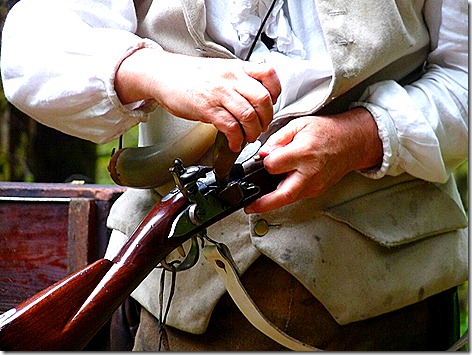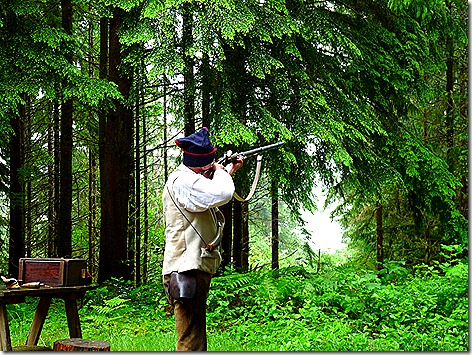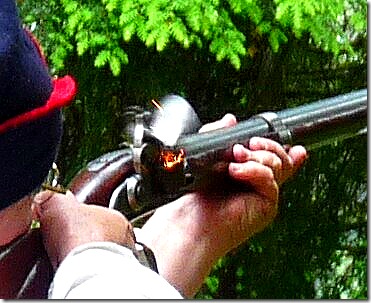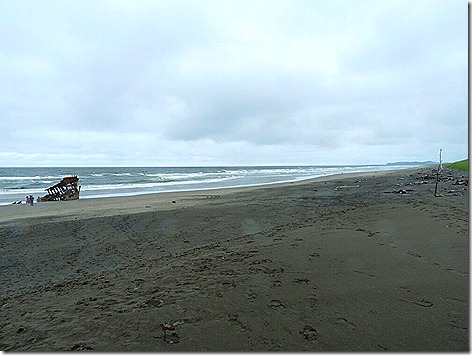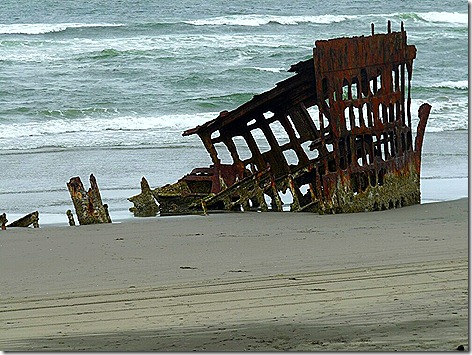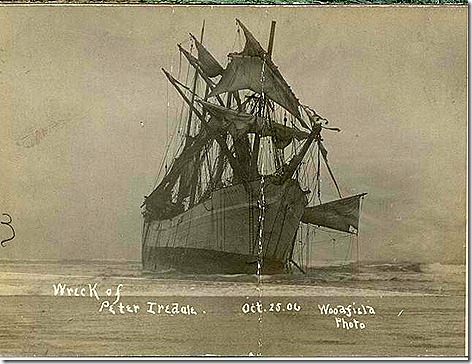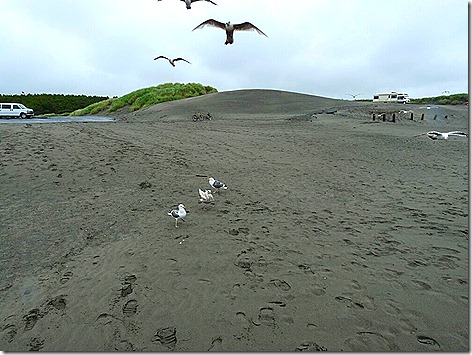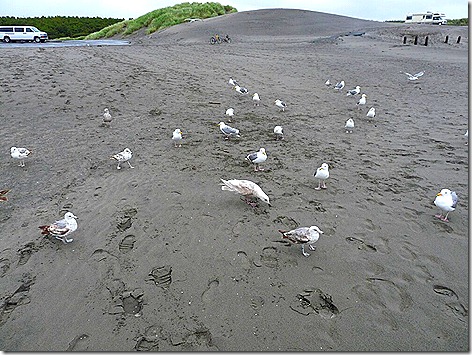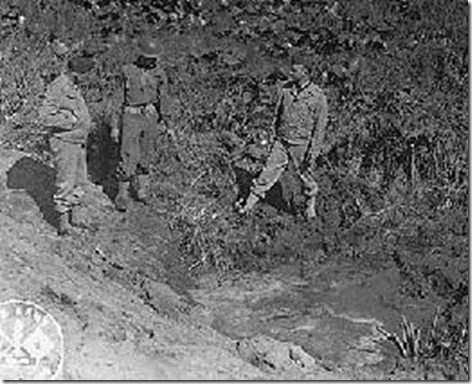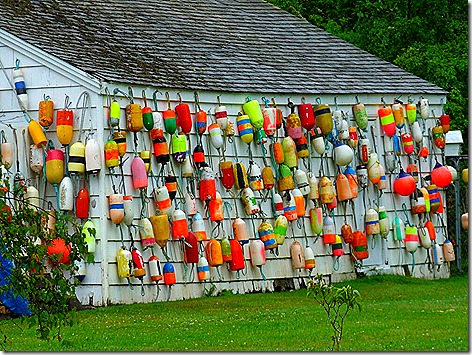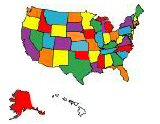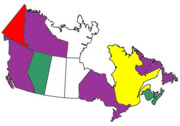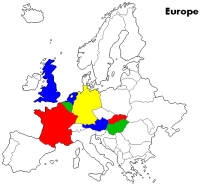Monthly Archives: June 2011
Last Day in Long Beach . . .
We started this morning with coffee at 10:30, lunch at 11:30, and then at 12:30 I went down to the office to pick up my package.
About 1:30 I went outside to do some stuff around the rig to get ready to travel tomorrow. First I put some air in my slightly leaky tire, then I cleaned up around the rig, and also cleaned all the bugs off the front cap that accumulated on the way up from Bend. It was all nice and shiny when we left, but we hit a lot of big juicy ones on the way up here, but a little Awesome took care of them quick.
About 4:30 we headed out with Nick and Terry to meet Bill Joyce and Diane Melde for dinner, with a few stops on the way.
First at the PO for Nick to mail some stuff, on to 42nd St Café where we ate a few days ago. Jan wanted to buy a couple of jars of their homemade jam that we sampled then.
Our next stop was the Coffee Roaster so Terry could check out their whole bean coffees, but she decided that she didn’t like what they had in stock, so it was on to El Compadre, the really good Mexican place we eaten at twice before.
Coming home, we made our usual stop for cappuccino before getting home a little before 7.
We’ve got an early start scheduled tomorrow because, although it’s only about 150 miles to Bremerton, there’s a lot of curves and hills, and I also wanted to get diesel before we leave. So we’ll head about 8:15 to fuel up and then meet up with Nick and Terry about 9 to hit the road.
More tomorrow from Bremerton.
——————————————————————————————————————-
Thought for the Day:
"Life is never fair…And perhaps it is a good thing for most of us that it is not." Oscar Wilde
dsfgds
Lewis, Clark, and Russell . . .
Today was our last ‘tourist’ day here in Long Beach, so about 11 am we headed out with Nick and Terry down to Warrenton, OR and the Lewis and Clark National Historical Park.
Unlike most National Parks, Lewis and Clark National Park is spread out over several locations in this area, both in Oregon and Washington. In this case we were visiting Fort Clatsop, where the Lewis and Clark Expedition wintered over in 1805-1806. In fact this was their last encampment in this area before heading back to St. Louis in March of 1806.
After watching a couple of videos on the “Corp of Discovery”, as the expedition was actually called, and getting our National Park Passport’s stamped, we walked out to the replica of the fort.
Built in 2006 to replace one built in 1955, that burned down in 2005, it’s based on plans drawn by William Clark. The fort was named for the Clatsop Indians who lived in the area and traded with the expedition.
This drawing will give you an idea on the size and shape of the fort.
Probably the best part of our visit was Ranger ‘Tom’ in period costume telling us about life at the fort.
It was easy to tell he really enjoys his job. Most of this presentation concerned the weapons and ammo used, In this case, muzzle-loading flintlock rifles, horse pistols, and a air rifle. Yes, a .51 caliber air rifle, just like your Crossman pellet rifle, only a lot bigger. This photo show both rifles, the smaller one being the air rifle.
The ranger also showed us a waterproof lead gunpowder container, developed by Meriwether Lewis, probably with the help of his close friend, then-President Thomas Jefferson.
What is unique about it was its usability. After the powder was emptied out, the lead container could then be melted down to make bullets.
Neat!
Here he’s holding the Girandoni Air Rifle, or “Assault Rifle’ as it was also known.
The air was compressed with a hand pump and stored in the buttstock. Fully loaded, it could hold 22 rounds and could fire them as fast as you could pull the trigger.
Definitely the ‘Assault’ rifle of the era.
A little further research revealed some interesting facts about the Girandoni. In fact it has only been recently confirmed that it was a Girandoni at all. There seems to have been a big debate about this over the years due to incomplete information in some cases, and incorrect info in others. There was another air rifle of the period called a Lukens that most scholars seemed to think was the one carried by Lewis, But recent new facts have come to light within the last 5 – 7 years that led to the confirmation of the Girandoni, and even more importantly, the rediscovery of the actual rifle itself, which had been sitting in a private collection since the 1970’s.
The rifle’s identify was confirmed by matching details of the rifle’s damage, repair and markings, as told in Lewis’ journals, with the actual rifle itself.
Next Tom gave us a demo of loading and firing the flintlock rifle.
After confirming that the barrel is empty with the ramrod, he poured in the coarse gunpowder, and then rammed a moistened cloth patch and a paper spitwad down the barrel. (Apparently they aren’t allowed to use a real lead bullet.)
Then as shown below, he primes the flashpan with fine powder after moving the cock to the half-cock position. Hence the phrase, ‘Don’t go off half-cocked.’ Because your rifle won’t fire that way. It’s like a safety.
Then after pulling the cock back to the full-cock position, the rifle is ready to fire.
I took this photo just as Tom fired the rifle. And when you fire a flintlock, you really get fire.
Zooming in on the photo shows the burst of flame igniting the powder in the pan and the first puff of smoke. I really lucked out on this shot.
A second later, Tom was enveloped in smoke as the rifle fired.
After that we headed back to the Visitor’s Center, leaving Tom, ever vigilant, guarding the fort.
Leaving Fort Clatsop, we drove a few miles up the road to Fort Stevens State Park.
We wanted to see the shipwreck that can still be found on the beach there. The Peter Iredale, a four-masted steel-hulled barque, ran aground on October 25, 1906, while on a voyage from Salina Cruz, Mexico to Portland, OR. (BTW a barque, or bark, is just a name for a ship that has three or more masts.)
The ship was trying to enter the Columbia River when a sudden squall blew it onto the beach here, and the high winds and rising tide further grounded it.
Seen in this photo, taken the day it grounded, the Peter Iredale, although not badly damaged, was unable to be salvaged, because during the several-weeks wait for favorable weather, the ship so embedded itself in the sand it could not be moved. Most of it was sold for scrap, leaving only the partial bow to mark its gravesite.
While we were at the beach, Jan decided to feed this one seagull that was flying overhead. But he couldn’t keep quiet about it, so in a few seconds it was like we were under attack,
from both the air,
and the ground. Like being in a Hitchcock movie.
Leaving the beach, we drove over to Fort Stevens itself, so Nick could take some photos of the artillery. At the time we remarked about Battery Russell, one of the fortifications there.
What we didn’t know until I was doing research for this blog, was that Battery Russell, and to a lesser extent, the Peter Iredale, are famous for another reason.
Fort Stevens was the location of the only attack on a U.S. mainland military installation during WWII. On the night of June 21, 1942 a Japanese sub, the I-25, surfaced off the coast of Oregon and fired a number of shells from its deck gun into the fort, causing only slight damage and no casualties.
One of the shells, arcing over the remains of the Ireland, landed near Battery Russell and left this crater. Who knew?
Coming home, we did see this garage decorated with a very colorful fishing net float collection. And when we drove by, the guy was out there adding a new one. Now that’s a hobby.
Arriving back into Astoria, we made a run by our respective banks, and then it was on to the Golden Luck Chinese Restaurant for the second time. And if anything, it was even better than last time. Really, really good food.
Getting back to the park area, we stopped in a the Shell station for the obligatory cappuccino, then after a stop by the park office to see if my package was in, (It was, but it was locked in the Manager’s office), we were home for the night.
Tomorrow will be a rest up and get ready to travel day, since we leave for Bremerton, WA on Friday morning.
——————————————————————————————————————-
Thought for the Day:
I’m still looking for that box I am supposed to think out of.
asdfasdf




